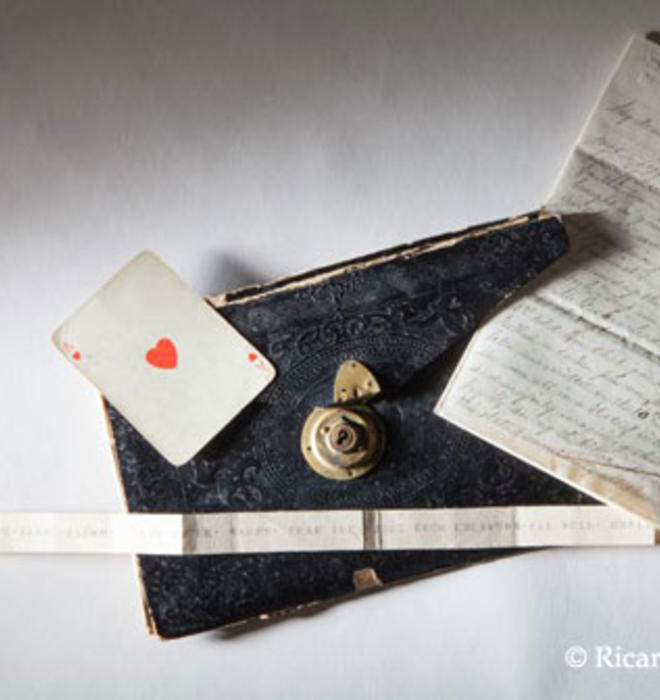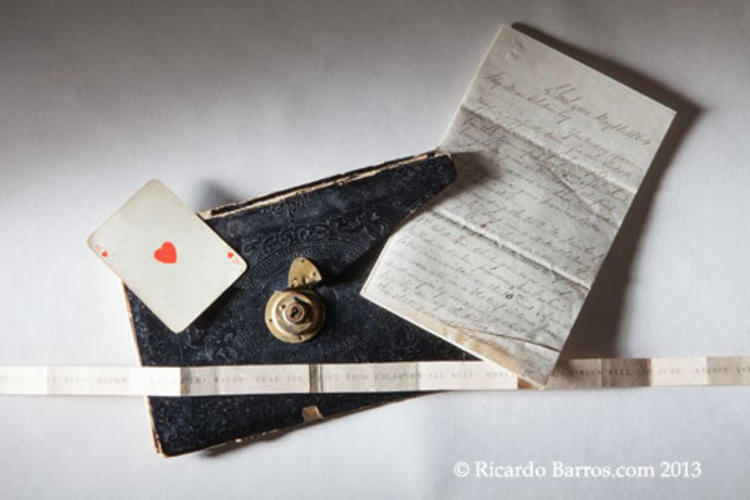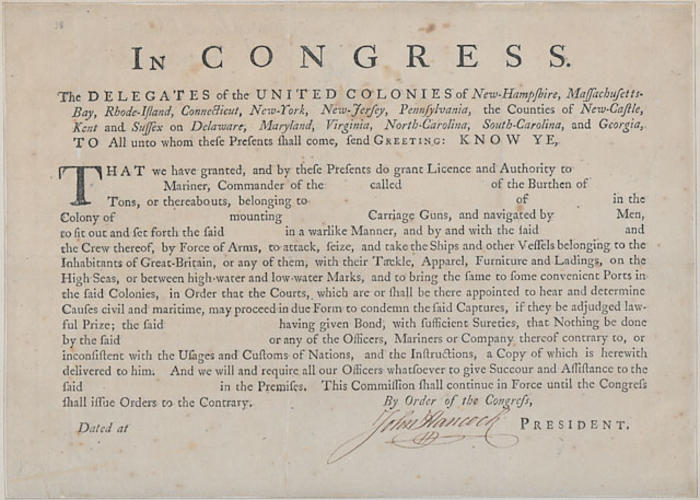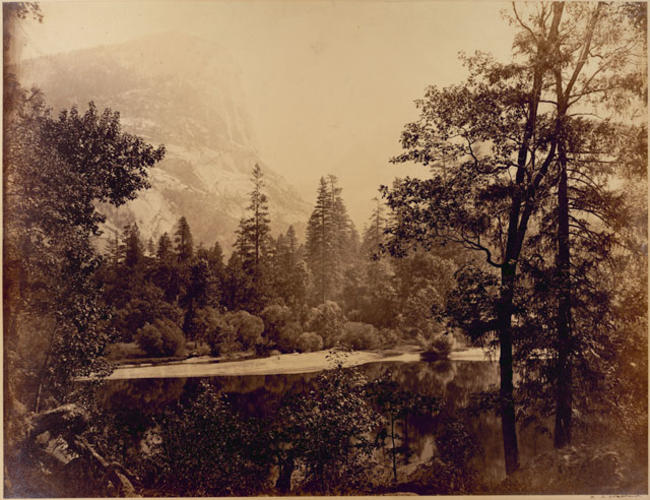
Slide show - More treasures from the library's American history exhibit
On display at Firestone are the swords, portrait, and wallet of Isaac Plumb, Jr., mortally wounded in an attack by the 61st New York Infantry at the Battle of Cold Harbor in 1864. Tucked inside the wallet were items that rarely survive the passage of centuries: a letter from home, a telegram delivered a week after he was wounded, and an ace of hearts.
The telegram reads: N YORK JUN · EIGHTEENTH · CAPT · ISAAC PLUMB · AVE HOUSE · WASHN · DEAR IKE · JUST FROM SHERBURN · ALL WELL · SHALL I COME ON · WHEN WILL YOU COME · ANSWER IMMEDIATELY · KEEP UP · J · D · COOK ·
Photos by Ricardo Barros
Nearly unhinged by her husband's murder and later to be committed to an asylum, the tragic Mary Todd Lincoln wrote this letter on mourning stationery to her close friend Elizabeth Blair Lee. In the crisscross writing customary at the time, she lamented the president's death but at the same time looked ahead to the next election, speculating about the presidential aspirations of Secretary of State Seward and General Grant.
Photo courtesy Department of Rare Books and Special Collections, Princeton University Library
In the days of daring plunder on the high seas, owners of American privateer ships could request a printed license from the Continental Congress authorizing them to attack and seize British vessels, a patriotic endeavor. This one attracted the eye of wealthy stockbroker André de Coppet 1915, who later gave Princeton his collection of historic Americana--it bears the signature of John Hancock, president of the Second Continental Congress.
Photo courtesy Department of Rare Books and Special Collections, Princeton University Library
As the 150th anniversary of Yosemite Park approaches next year, the stereo-views and mammoth photographs of Carleton Watkins draw new attention. So spectacular were they, Congress was moved to protect the California valley, and President Lincoln signed the act into law. Seen here is Lake Ah-Wi-Yah, Yosemite Valley (1861). A native of upstate New York, Watkins went West with the Gold Rush and set up shop as a photographer in San Francisco in 1851. He achieved fame, went broke, then finally lost his negatives in the 1906 earthquake.
Photo courtesy Department of Rare Books and Special Collections, Princeton University Library
Click here to view more items from “A Republic in the Wilderness: Treasures of American History from Jamestown to Appomattox,” featured in the March 20 print issue.












No responses yet